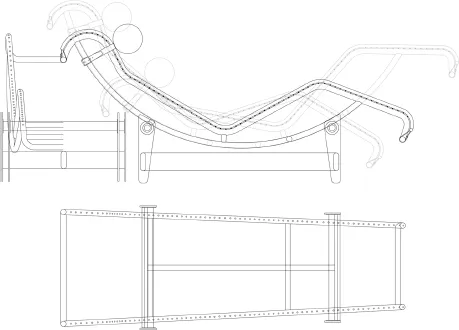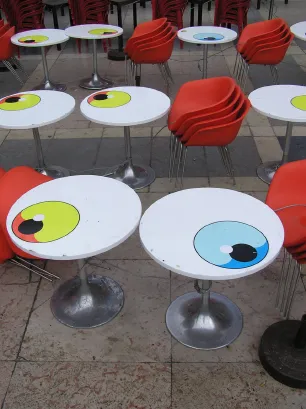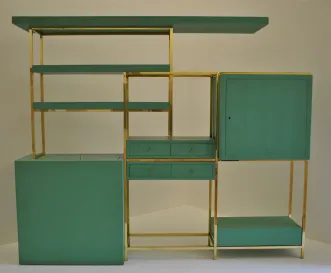
Furniture Design
Jim Postell
- English
- ePUB (disponibile sull'app)
- Disponibile su iOS e Android
Furniture Design
Jim Postell
Informazioni sul libro
The comprehensive guide to furniture design— expanded and updated
Furniture designers draw on a range of knowledge and disciplines to create their work. From history to theory to technology, Furniture Design offers a comprehensive survey of the essential craft- and practice-related aspects of furniture design.
Generously illustrated with photographs and drawings—including a new color section—this Second Edition features updated coverage of material specifications, green design, digital design, and fabrication technologies. It also features twenty-five case studies of furniture design that represent a broad selection of works, designers, and techniques, including recent designs produced within the last decade.
The book explores:
- Furniture function and social use
- Form, spatial organization, and typological orders
- Structural integrity and composition
- Accessibility, universal design, human factors, and ergonomics
- The design process, from schematics through fabrication
- Materials, processes, and methods of fabrication
- Professional practice and marketing
- The history of furniture design, from prehistory to the digital age
Complete with a glossary of terms and a comprehensive bibliography, Furniture Design, Second Edition is a one-stop resource that furniture designers will turn to regularly for the advice, guidance, and information needed to perform their craft.
Domande frequenti
Informazioni
chapter 1
Introduction to Furniture Design

Furniture
- noun 1. the movable articles that are used to make a room or building suitable for living or working in, such as tables, chairs, or desks. 2. the small accessories or fittings that are required for a particular task or function: door furniture.2
- Human body support devices (Figures 1.2 and 1.3)
- Surfaces and objects to support various activities (Figures 1.4 and 1.5)
- Storage and display pieces (Figures 1.6 and 1.7)
- Spatial partitions3 (Figures 1.8 and 1.9)








- Aesthetics (the meaning of form)
- Historical precedent (examples from the past)
- Principles of design (i.e., unity, harmony, hierarchy, spatial order)
- Function and social use (ergonomics, comfort, proxemics)
- Design processes (sketching, iterative overlays, model studies, digital modeling, full-scale working prototypes, collage assemblies)
- Material (classification, characteristics, properties, availability, cost)
- Fabrication processes (hand, power, digital)
- Environmental design matters (sustainability, renewable materials, off-gassing)
- Surrounding context (the spatial setting for furniture)
- Professional practice (economic, legal, and business decisions)
- Health care
- Hospitality
- Institutional
- Office
- Recreational
- Religious
- Residential
- Retail
- Storage